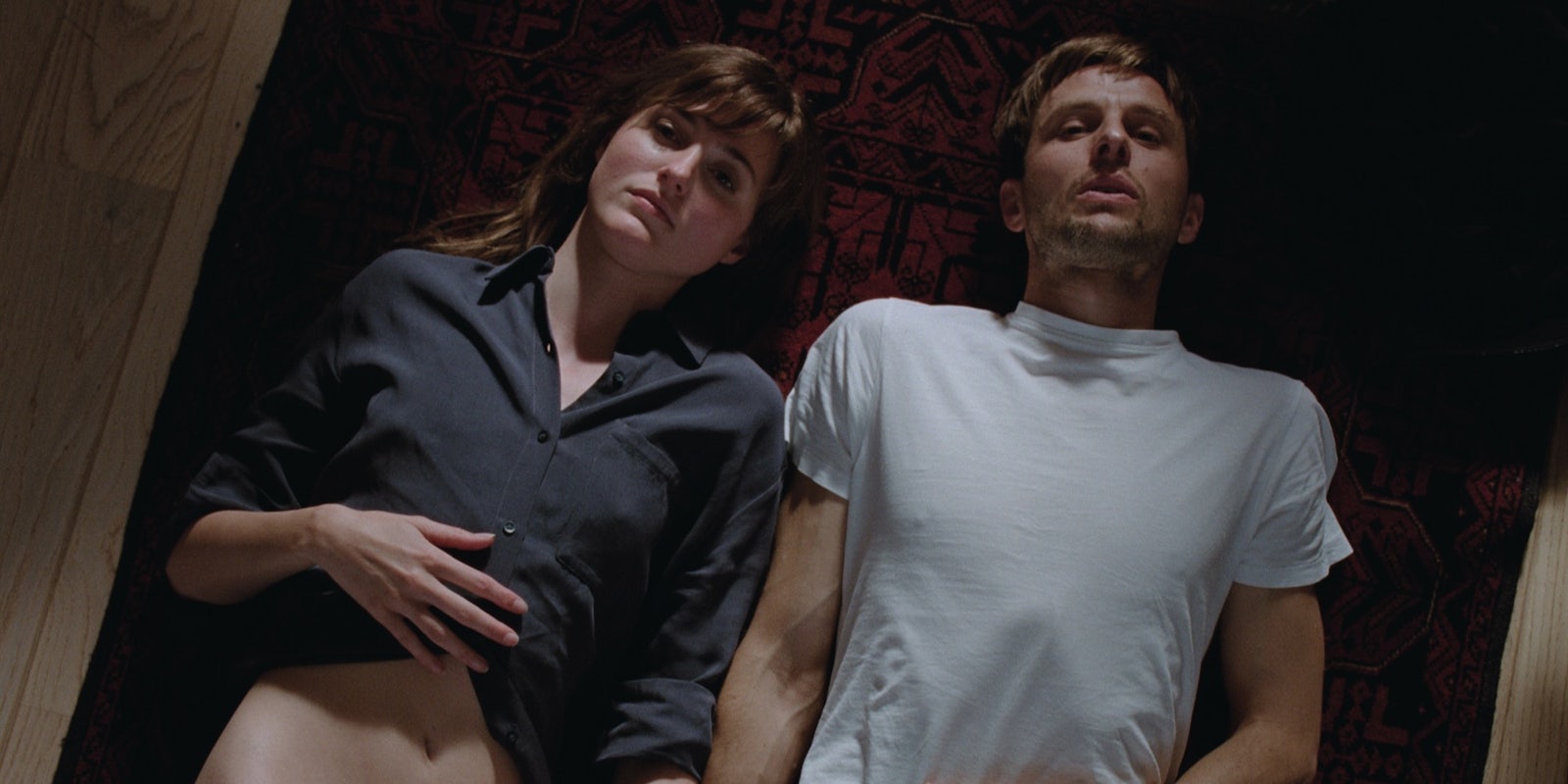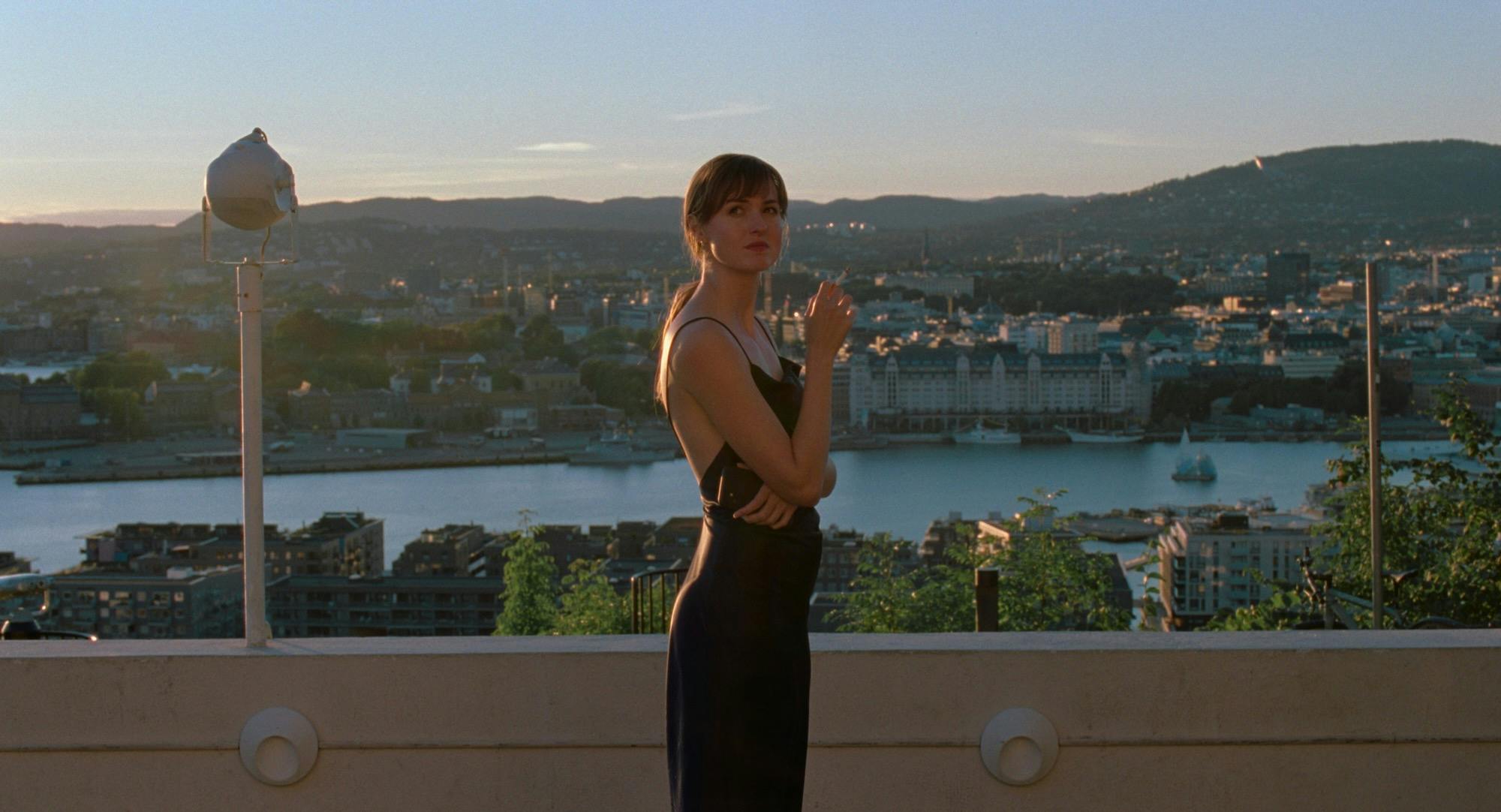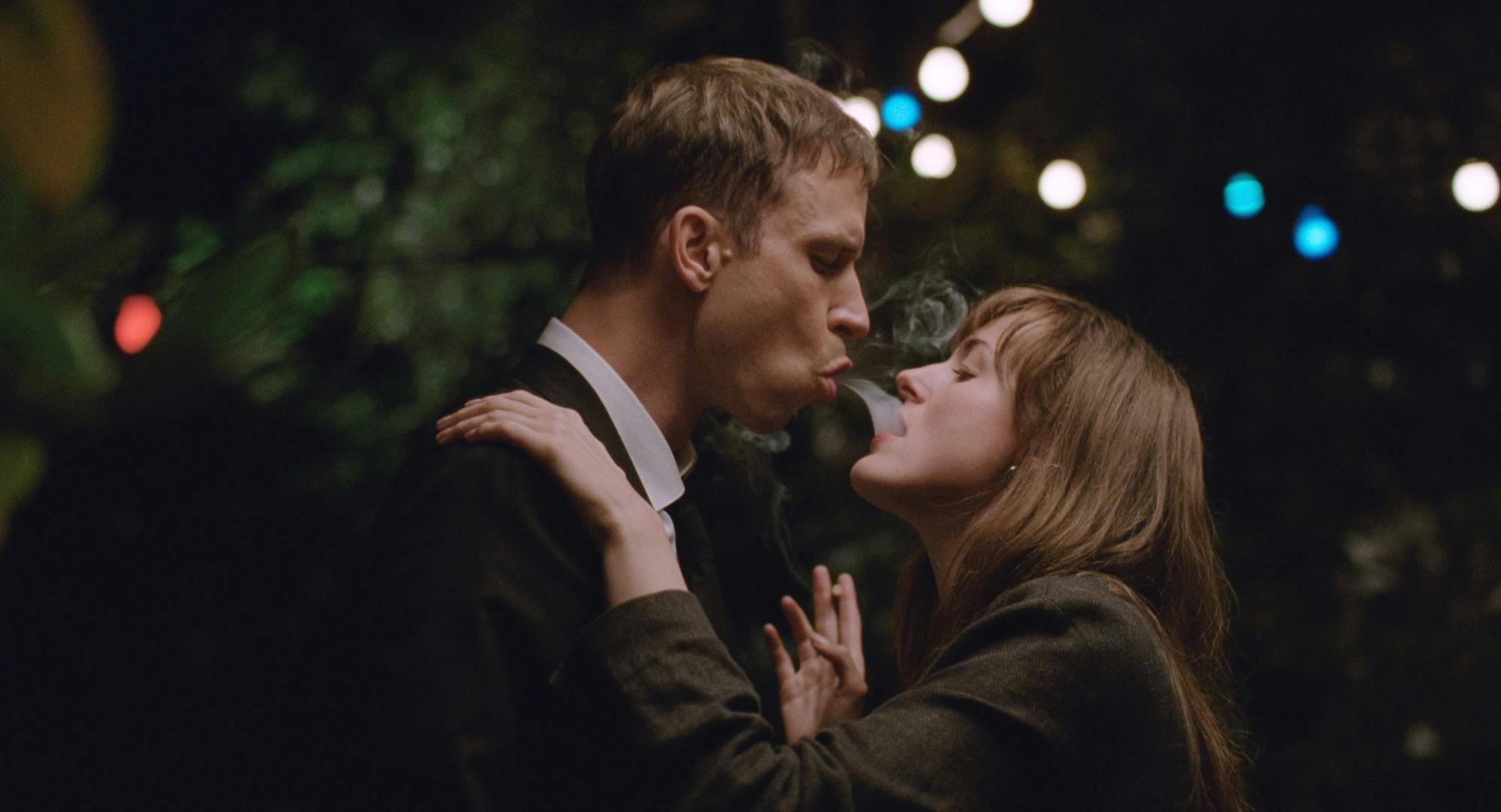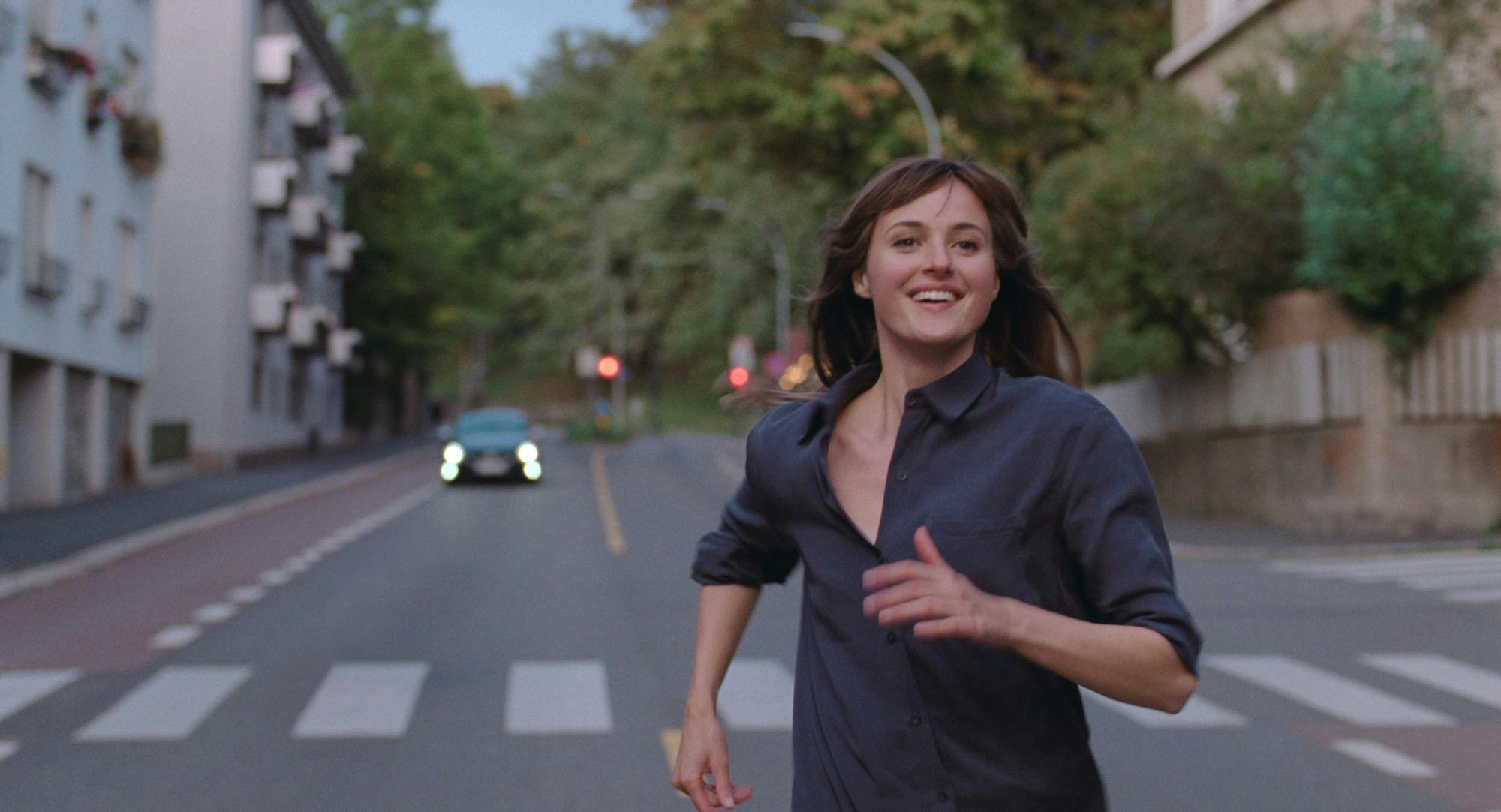Perhaps the one constant in a certain kind of existential film is that despite nobody having figured it out by a certain age, there’s always the expectation, whether fully realized or one largely internalized, that our protagonist really should’ve had it figured out by now. For Julie (Renate Reinsve), the protagonist of The Worst Person in the World, that expectation follows her almost constantly. Julie is reminded of those expectations when she travels with her boyfriend Aksel (Anders Danielsen Lie) to visit his parents and the topic of having children comes up. Later on, when she celebrates her 30th birthday at her mother’s home, she’s reminded of everything many of her ancestors accomplished by the time they turned 30 and how little time they might’ve had to figure it out in contrast to her own life thanks to lowered life expectancies a few centuries back.
DIRECTOR: Joachim Trier
RELEASE: Theatrical
Told through 12 chapters, a prologue, and an epilogye, the final entry in Joachim Trier’s loose Oslo trilogy is centered around a young woman trying to find love and figure out her life during a time and age when everyone expects you to figure it out.
Having children is one of those societal expectations that Julie is fairly ambivalent about. But The Worst Person in the World, the final entry in Norwegian director Joachim Trier’s loose Oslo trilogy (Reprise and Oslo, August 31 are the other two), never judges Julie. She screws up, she changes her mind (and sometimes the circumstances change it for her), she’s not immune to sabotaging her life or hurting others, and even when she’s with a partner, she’s still enveloped in loneliness. It’s often a gift of a movie, one embodied with an empathetic touch helmed chiefly by a fantastic performance from Reinsve.
The Worst Person in the World, which Trier co-wrote with Eskil Vogt, is presented in 14 parts (12 chapters, a prologue, and an epilogue), giving its segments the feel of a novel, one that shakes up the environment before overstaying their welcome; the change in scenery and tone between chapters leaves you enough room to fill in the gaps.
We meet Julie as she spends much of her 20s aimlessly from one prospective career to the next and treated her partners similarly—she dropped out of medical school to study psychology, then dropped psychology to become a photographer before she started to work at a bookstore—before meeting Aksel, a comic book artist who’s 15 years older than her. On paper, they’re a disaster waiting to happen, and Julie and Aksel even joke about how their relationship is doomed to fail and it’s not worth pursuing. Naturally, he gets under her skin, a presence that won’t leave even after they eventually break up, but for a while, they complement each other well; he’s the one who encourages her to publish a piece that goes somewhat viral and that she has “to make her own family” when her absentee father disappoints her once again.
In one chapter, Julie crashes a wedding reception in Oslo and meets Eivind (Herbert Nordrum), and over the course of a night, their banter feels like the beginning of a quirky romance. Both of them are dating other people and they don’t want to cheat on their partners, but, tempted by the allure, they pursue a game of chicken to see how close and intimate they can get without cheating. In another chapter, Julie gets high off some shrooms found in Eivind’s apartment, which turns into a kind of trippy nightmare as she confronts some of the things haunting her. Even when the chapters aren’t fully in Julie’s purview, such as a chapter focusing on Eivind’s relationship or one where Julie watches a TV interview with Aksel, we learn plenty about them both; Reinsve’s expressiveness does a lot of the heavy lifting. Julie might be surrounded by people much of the time, but there’s profound loneliness to parts of her life, some of which she can’t explain.
The showiest segment comes as Julie has another one of her life-altering realizations, and in this case, the world stops—literally. Everyone around her ceases to move, and there’s something euphoric and breathtaking about Julie’s jog through the streets of Oslo, as everyone around her is frozen in time, until she reaches Eivind, the only other person who can move. Their interactions encapsulate the all-consuming high of starting something anew, the carefree feeling of being in your own little bubble where nothing can affect you. The scenes that follow are full of tenderness and heartbreak, often hand in hand, because even as Julie’s life is changed for what might be a positive direction, it’s not always that way for everyone caught in the crossfire.
Eivind is new and exciting. He’s closer to Julie’s age, he relates more to her struggles. Aksel, on the other hand, is a little older and more reflective. He’s invested in the integrity of his creations and how his art is altered—a rant in which he complains about how an animation studio altered his edgy comic that made him famous was turned into a family-friendly flick is one of the funnier things I’ve seen this year—and will vehemently defend it even when a feminist interviewer criticizes his work for being sexist. But the script, and particularly Danielsen Lie’s performance, holds it all together.
Nobody in The Worst Person in the World is befitting of the title, even if some of them might view themselves as such. Their troubles are small-scale and more internal, they embrace their worst tendencies, they reflect on their life choices, and sometimes even regret them. But in Trier’s film, they get the ultimate blessing: time to figure it out.
The Worst Person in the World is now playing in New York and Los Angeles.





